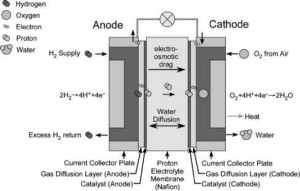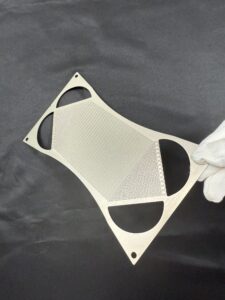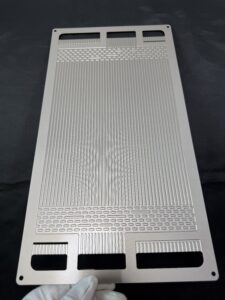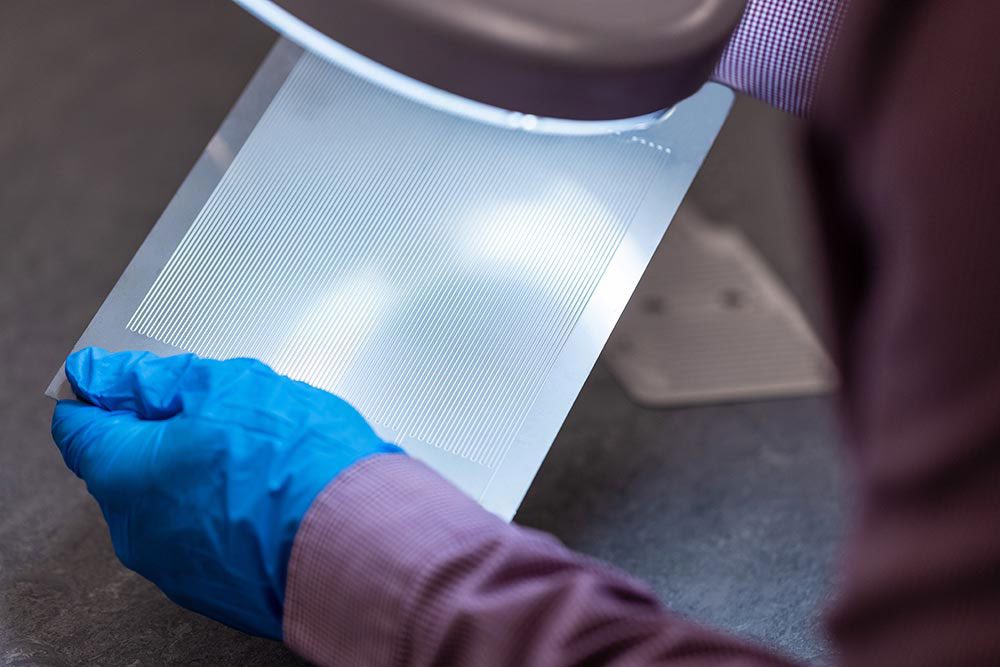One of the Core Components of Fuel Cells: Proton Exchange Membranes
The experience of running a marathon with straw-breathing mimics how a fuel cell performs without an appropriate membrane. A fuel cell system cannot function properly when the correct membrane is not installed. PEM stands as a hero in fuel cells because of its crucial role in their operation. Within the system, PEMs operate without noise to maintain the operation flow, which generates energy both effectively and with minimal pollution.
PEM stands for
A proton exchange membrane (PEM) refers to what form of material that serves as fuel cell infrastructure. PEM stands for Proton Exchange Membrane, which serves as a special material that conducts protons between the anode and the cathode without allowing gases or electrons to pass through. The PEM operates like an exclusive police officer that selects only certain protons through the lanes but blocks electrons and gases.

Role of PEM in Fuel Cells
Proton exchange membranes operate as more than passive components because they maintain performance delivery. The functionality of fuel cells depends heavily on PEM because their absence would cause efficiency loss, together with gas leakage, making the system completely worthless. Their mission involves smooth proton transportation together with stable fuel cell structure maintenance.

The fundamental roles of proton exchange membranes include blocking gas transfer between compartments and facilitating proton diffusion through selective channels.
Blocking Gas and Electrocatalysts
The blocking of gas interactions between hydrogen and oxygen is the main responsibility of PEM in this process. Combining the gases in these fuel cells results in serious issues that include performance reduction as well as hazardous chemical reactions.
Conducting Protons Selectively
PEMs act as both a barrier to hydrocarbon flow and protons must move efficiently across them. Selective conductance acts as a VIP access point for protons to pass through the membrane system.
Essential Requirements for Proton Exchange Membranes
High Proton Conductivity
PEMs need to feature proton conductivities reaching at least 0.1 S/cm. The membrane enables proton transport speed to reach its maximum potential to generate optimal energy.
Low Electron Conductivity
A short circuit, along with wasted energy and reduced efficiency, occurs when electrons pass through the membrane. PEMs must block electrons strictly.
Excellent Gas Barrier Properties
Fuel cells usually encounter changing levels of humidity during their operational cycles. The ideal PEM design needs to stop gas movements, no matter what the climate situation looks like.
Superior Chemical Stability
Fuel cells exist in challenging conditions that contain highly reactive species and severe environments. PEMs must survive all conditions while preserving their original shape and resisting breakdown throughout their lifespan.

Robust Thermal Stability
The operating environment reaches high temperatures. PEMs need to resist high temperatures to ensure the fuel cell operates without failure.
Mechanical Strength and Dimensional Stability
The dimensions of fuel cells fluctuate when the temperature alters. The PEM material must sustain these conditions without developing substantial swelling or fracturing when used in fuel cells.
Environmental Friendliness and Cost Efficiency
Sustainability matters! Basic materials used to produce PEMs must maintain environmental sustainability, together with economic affordability, for large-scale market penetration.
Materials Used in Manufacturing PEMs
PEMs make use of perfluorosulfonic acid (PFSA) polymers together with hydrocarbons and composite membranes. The materials exhibit different advantages and limitations based on the specification requirements.
Nafion: The Gold Standard PEM Material
Nafion stands as the top PEM material that DuPont developed. Nafion stands out as an exceptional PEM material because it endures well and conducts electricity strongly, and remains stable, yet its manufacturing expenses are exceptionally high. Scientists devote their efforts towards developing performance-equal cost-saving PEM alternatives.

Challenges in Current PEM Technologies
PEMs encounter three main operational limitations: high-temperature dehydration affects their performance, and they suffer from chemical breakdown while maintaining elevated production expenses.
Future Innovations in PEM Development
Researchers employ the investigation of new polymers and nanocomposite materials and hybrid systems for developing PEMs that are both more powerful and affordable, and durable.
Applications of Proton Exchange Membrane Fuel Cells (PEMFCs)
PEMFCs drive electric vehicle operations while supplying backup power to hospitals and remote stations because of their wide range of applications. PEM fuel cells offer rapid activation alongside excellent efficiency, which enables them to fulfill numerous practical purposes.
Why are Proton Exchange Membranes Critical to Fuel Cell Efficiency?
High efficiency, along with low emissions and reliability from fuel cell technology, directly depend on a PEM operating at maximum efficiency. The PEM stands at the core position, which makes PEMFC technology function.
Comparing Different Types of PEMs
PEMs differ from one another according to their structure in combination with their material composition.
The PFSA membrane (Nafion, for example) provides exceptional conductivity at a high cost.
The use of hydrocarbon membranes results in lower costs, together with durable performance.
Researchers are developing composite membranes because these provide the advantages of both materials while experimental work is ongoing.
The different PEM types offer various advantages and disadvantages, which become apparent according to which priority allows durability, cost-effectiveness, or optimal performance.
Tips for Choosing the Right PEM for Applications
The membranes must be built to handle increased operating temperatures.
The performance characteristics of some proton exchange membranes are optimized due to low-humidity operating environments.
Budgeting must consider how much performance equates to the cost of output.
Environmental Impact of PEM Production
The manufacturing of modern PEMs depends mainly on fluorinated compounds that present environmental hazards. For sustainable development, it becomes essential to transition toward PEMs that are biodegradable while being environmentally friendly.
Conclusion
The key to making a fuel cell function rests upon the proton exchange membrane, which serves as a vital yet passive component. The operational competence of proton flow control and gas blocking, alongside durability and resistance to damage and extreme conditions, gives fuel cells their promise as future sustainable power generators. Continuing research will produce increasingly better and cheaper sustainable proton exchange membranes, which will enable us to power both cars and homes.

